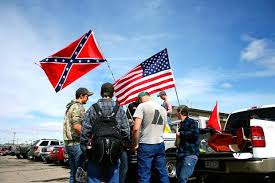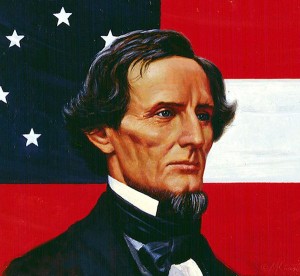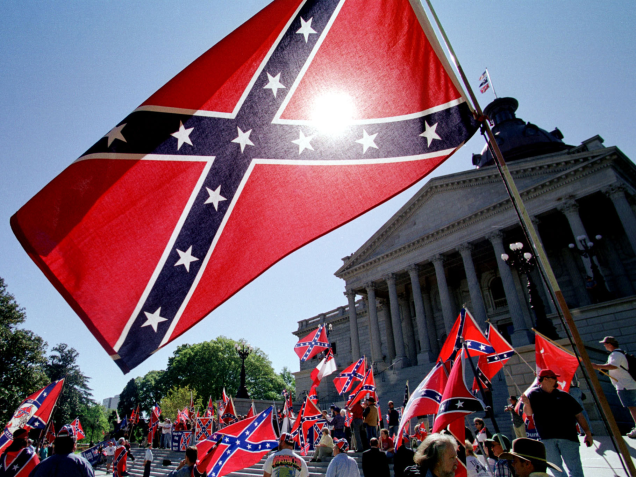An interesting question came to me the other day on my first day back at work after taking a two-week trek through Texas.
“Did you see many Confederate flags on your travels through the state?” my friend asked.
Well, not “many,” but certainly more than a tiny smattering.
Which brings me to the point. I do not object to the sight of the Confederate flag on people’s personal property: their motor vehicles or on their RVs when they’re parked.
It’s the public-property display of the flag that irks me — and no doubt others.
We pulled our fifth wheel through North Texas, down through the Piney Woods of East Texas (which is about as “Dixie” as it can get in Texas), along the Gulf Coast, back to the Hill Country … and then finally home.
We stayed at state parks and at private RV campsites along the way. And while we were on the move along the highways and back roads, we saw our share of battle flags flapping from the back of pickups and even a few of ’em flying in the breeze at RV sites where we were staying.
Do I assume that anyone who flies the flag is a flaming racist intent on restoring slave ownership, which was one of the reasons the South went to war with the United States of America from 1861 to 1865? Not for one moment.
The whole Confederate kerfuffle was based on displaying the flag on public, taxpayer-supported property … such as at the South Carolina statehouse grounds in Columbia. The South Carolina Legislature voted earlier this year to take the flag down after a gunman killed nine African-Americans at the Charleston church; a young suspect in the shooting then was revealed to be a staunch supporter of the Confederacy and the issues for which it stood.
Flying the Confederate battle flag on the back of a truck? Or in someone’s front yard? Or from their RV? Not a problem, or at least not enough of a problem to raise a ruckus.
I was gratified, though, that we didn’t see too many of them on our journey through Texas.



